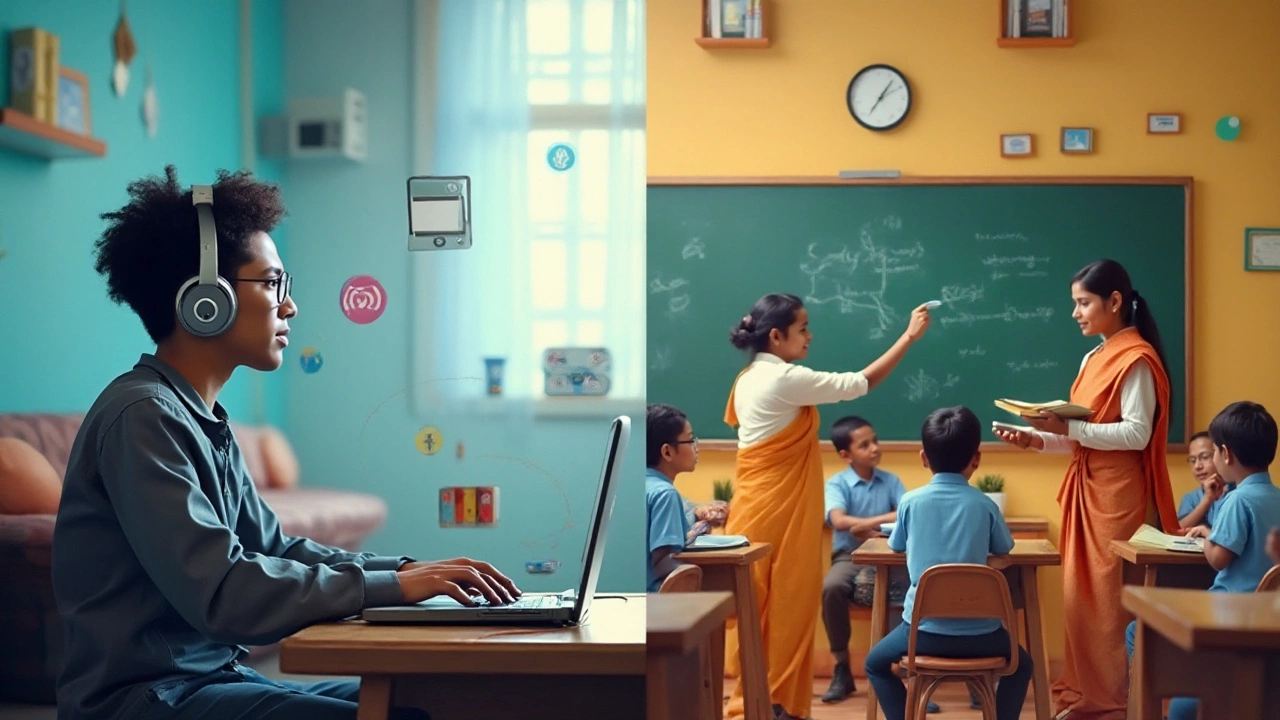Classroom Learning Tips – Simple Ways to Boost Student Success
Ever felt a lesson just drifted away without anyone really remembering it? You’re not alone. Most teachers chase the perfect plan, but the real magic happens when students actually use what they learn. Below are quick, everyday ideas that turn a regular class into a place where ideas stick.
Why Classroom Learning Still Matters
Even with online courses booming, the face‑to‑face vibe of a classroom does something digital can’t: it gives instant feedback. When a student raises a hand, you see confusion, excitement, or a ‘aha’ moment right away. That immediate loop helps you adjust the pace, repeat a point, or throw in a real‑world example. It also builds social skills—kids learn to listen, argue respectfully, and work together. In short, classroom learning is the playground where knowledge meets practice.
Practical Ways to Make Every Lesson Stick
1. Start with a hook. Kick off with a short story, surprising fact, or a quick demo. For example, when teaching fractions, slice an apple in front of the class. A visual cue grabs attention and makes the abstract concrete.
2. Keep activities short. Attention spans dip after about 10‑12 minutes. Switch from lecture to a 3‑minute pair discussion, a quick quiz, or a sketch‑note activity. These micro‑breaks refresh minds and keep energy up.
3. Use “think‑pair‑share”. Ask a question, give students a minute to think, then let them discuss with a partner before sharing with the whole group. This method forces everyone to process the idea before speaking, and shy students get a chance to voice their thoughts.
4. Leverage real‑world problems. Tie lessons to everyday scenarios. If you’re covering geometry, ask students to measure the angles of a bike frame. When you link content to life, the material feels useful, not just a textbook drill.
5. End with a takeaway. Summarize the key point in one sentence and ask students to write it on a sticky note or type it in a chat. Seeing the same phrase repeated reinforces memory.
Try mixing these tricks into your next class. You’ll notice higher participation, clearer understanding, and fewer “I didn’t get it” moments. Classroom learning doesn’t need fancy tech—just a few purposeful moves that keep students active and engaged.
Jan
3

- by Dhruv Ainsley
- 0 Comments
eLearning vs Classroom Learning: Understanding the Key Differences
This article explores the differences between eLearning and classroom learning, highlighting the strengths and challenges of each method. From flexibility and accessibility to the social aspects of traditional classes, discover how each learning style impacts students' experiences. Learn about the technology that drives eLearning and the traditional techniques that remain invaluable. The article provides insights into which learning environment might suit different learners based on their needs and preferences.